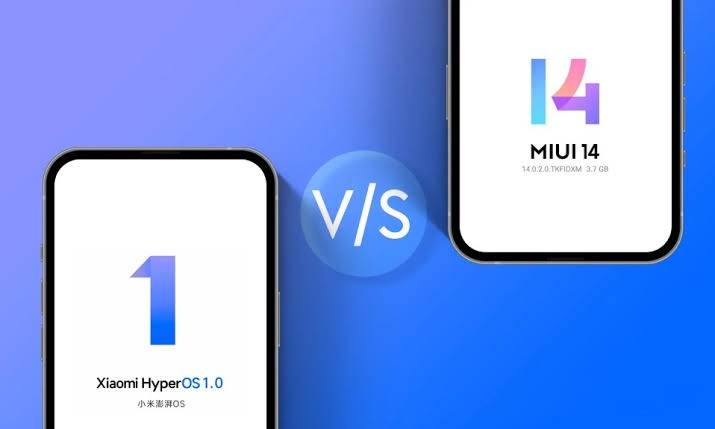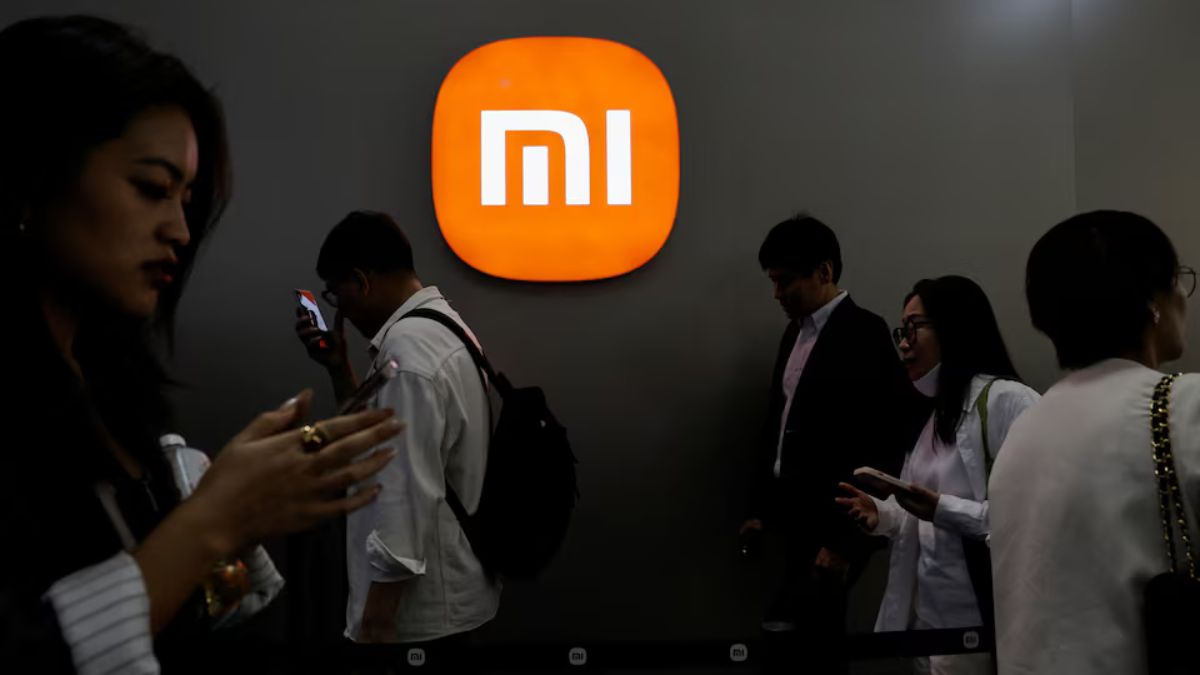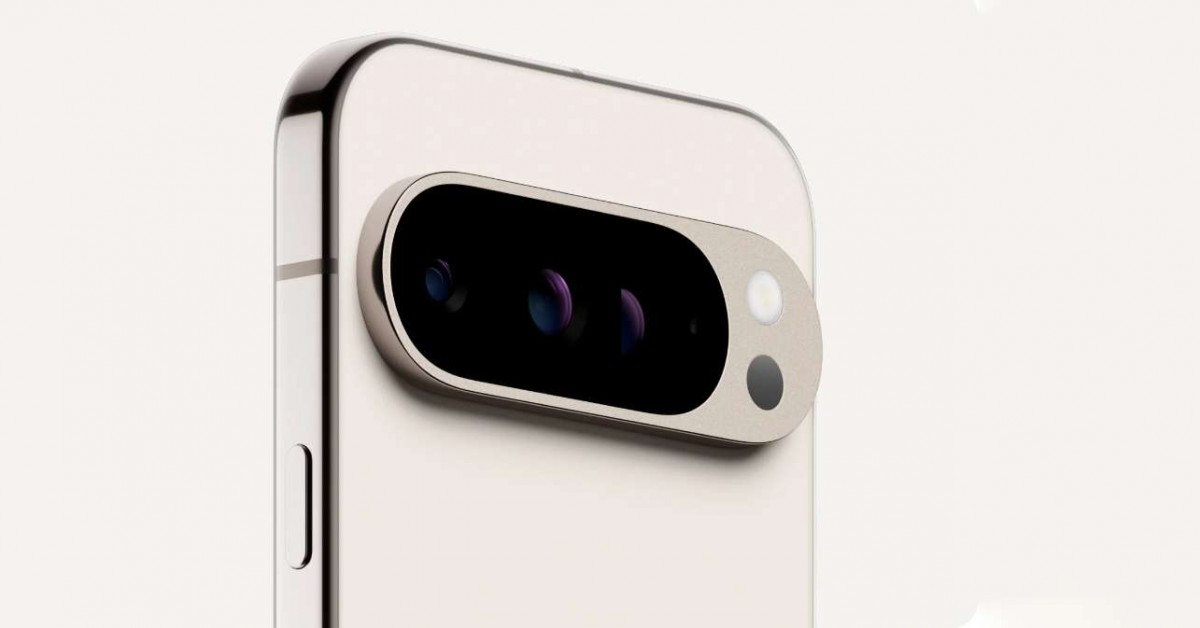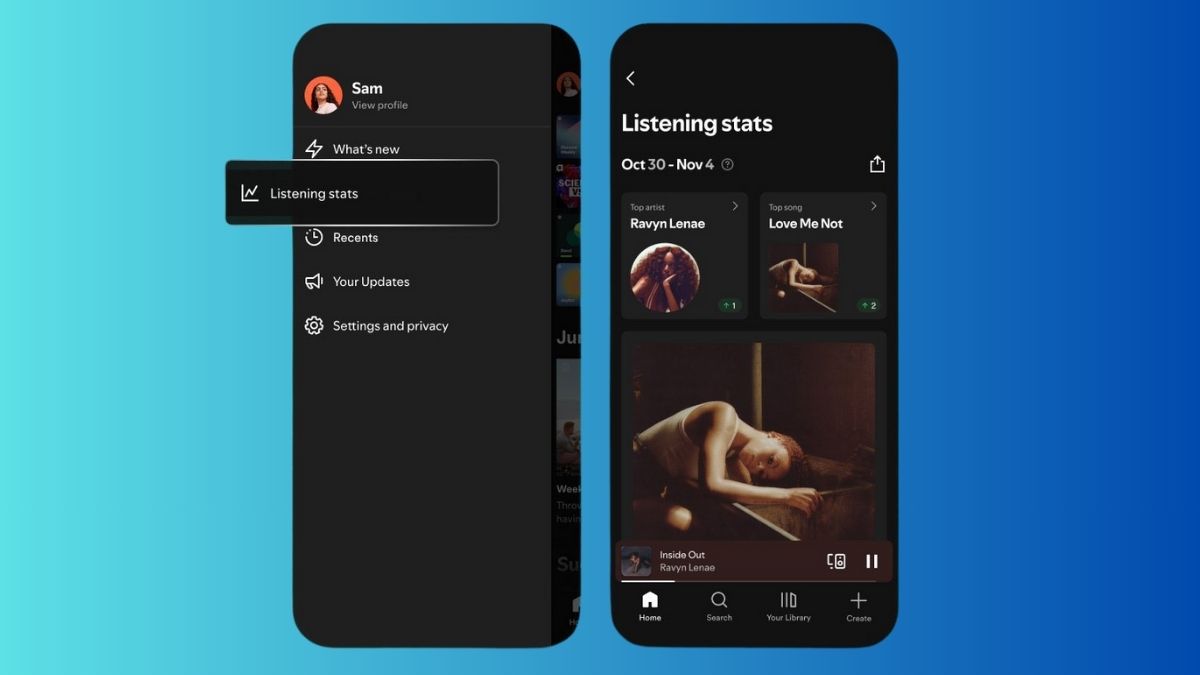When it comes to choosing the right operating system for your Xiaomi device, you have two options: MIUI and HyperOS. Both offer a high level of customization, but they differ in terms of performance, security, and overall user experience.
Here’s a detailed comparison to help you decide which one is better for your needs.
User Interface
Both MIUI and HyperOS offer customization options, but HyperOS takes it to the next level with its intuitive interface that makes it easy for beginners to navigate. MIUI, on the other hand, may be overwhelming for some users due to its extensive features and options.
Performance
HyperOS stands out for its speed and efficiency compared to MIUI. It is designed to optimize resource management and enhance battery life, ensuring a smooth and responsive user experience. MIUI, while offering impressive performance, may not be as streamlined as HyperOS in terms of resource allocation.
Security
Both MIUI and HyperOS offer robust data protection and privacy features. However, HyperOS has a reputation for being less vulnerable to malware and viruses compared to MIUI, making it a more secure option for users who prioritize data security.
App Compatibility
Both MIUI and HyperOS provide access to a wide range of popular apps. However, HyperOS has an edge when it comes to integration with the Xiaomi ecosystem, offering a more cohesive user experience for Xiaomi device users.
Updates and Support
Both MIUI and HyperOS deliver frequent updates to their users. However, HyperOS often outshines MIUI in terms of customer support, offering prompt assistance for troubleshooting and queries.
Price and Availability
MIUI is pre-installed on most Xiaomi devices, while HyperOS may vary in availability depending on the device. Both options are available at competitive prices, making them accessible to a wide range of users.
User Reviews
Many users who have switched from MIUI to HyperOS have reported a smoother and faster user experience, praising HyperOS for its performance and customization options. However, it’s essential to consider both positive and negative reviews before making a decision.
Which is better?
In conclusion, the choice between MIUI and HyperOS ultimately depends on your priorities as a Xiaomi device user. If you value speed, performance, and security, HyperOS may be the right choice for you. On the other hand, if you prefer a highly customizable interface and seamless integration with the Xiaomi ecosystem, MIUI could be the operating system for you.
Evaluate your needs and preferences carefully before making a decision, and consider testing both operating systems to see which one suits you best.














